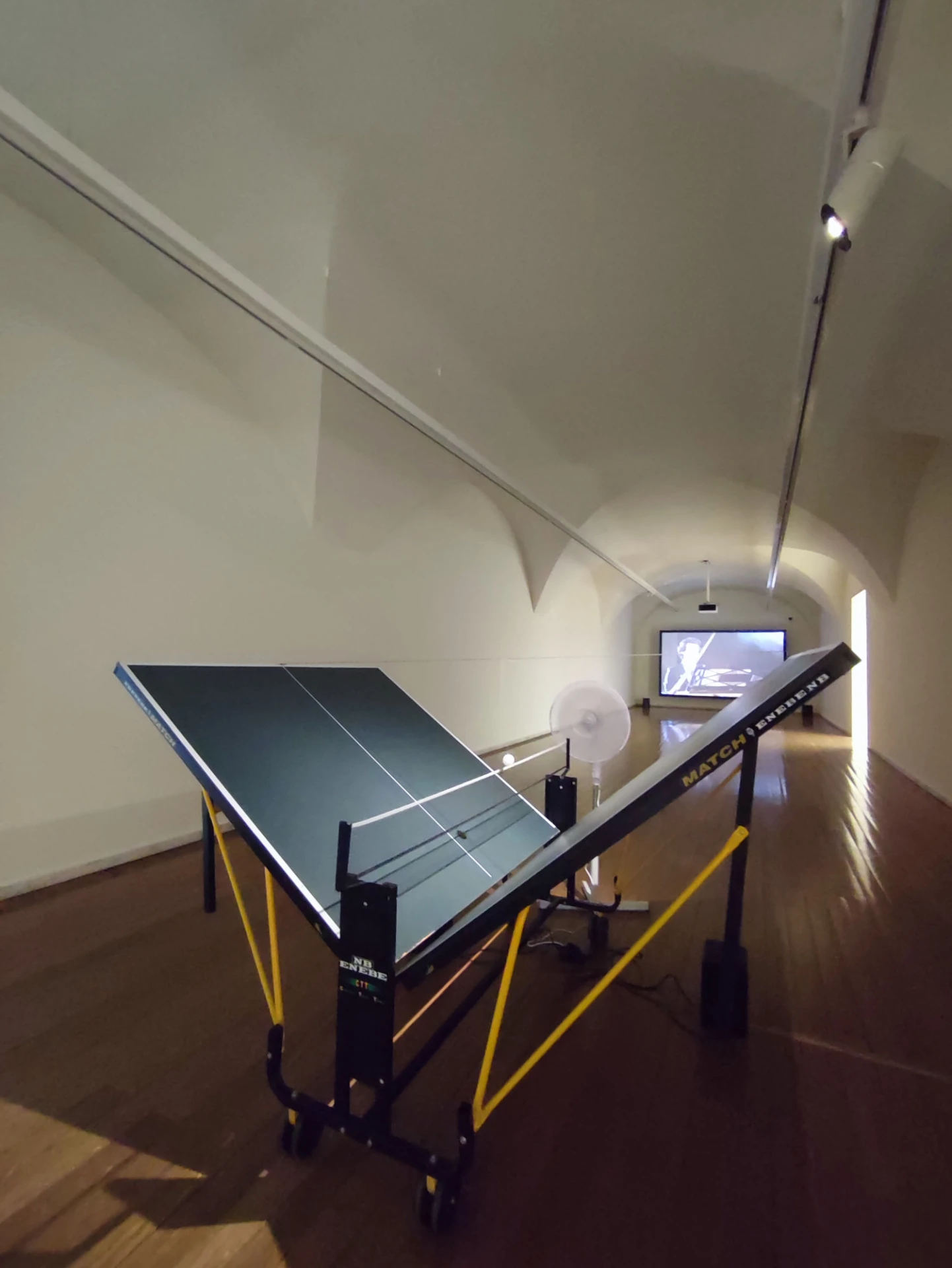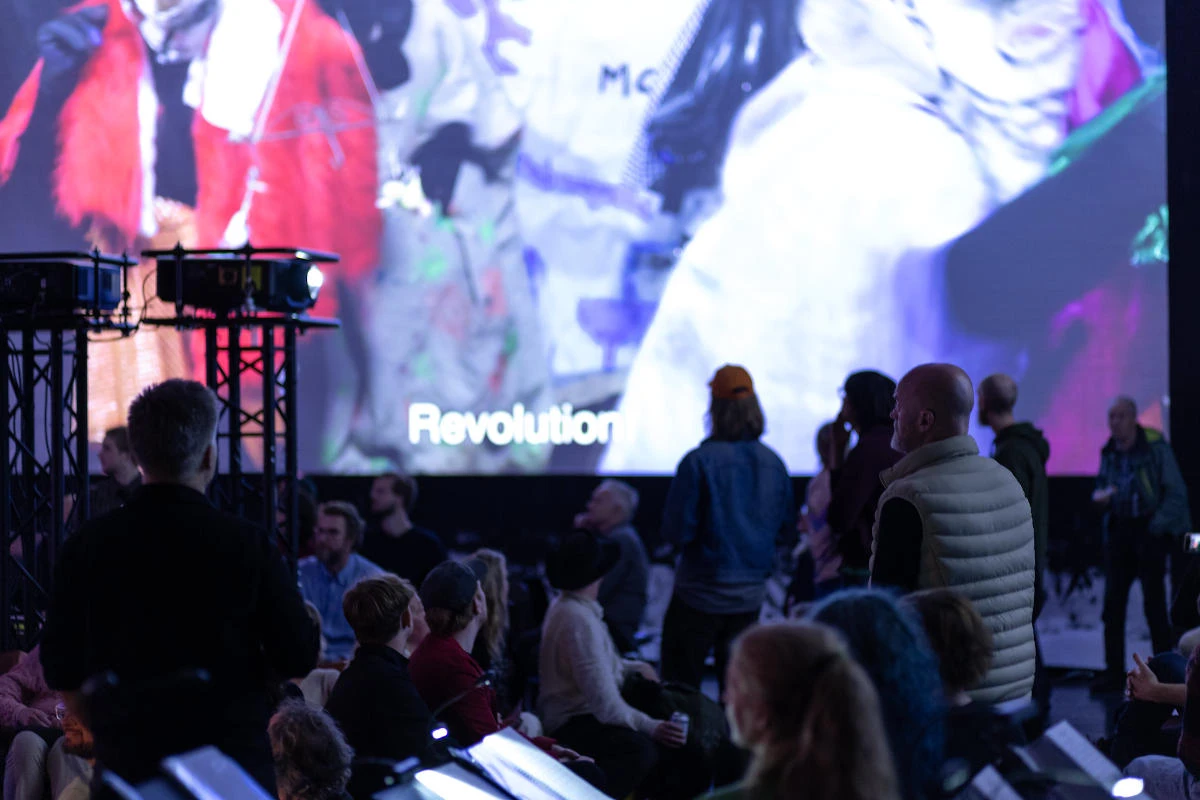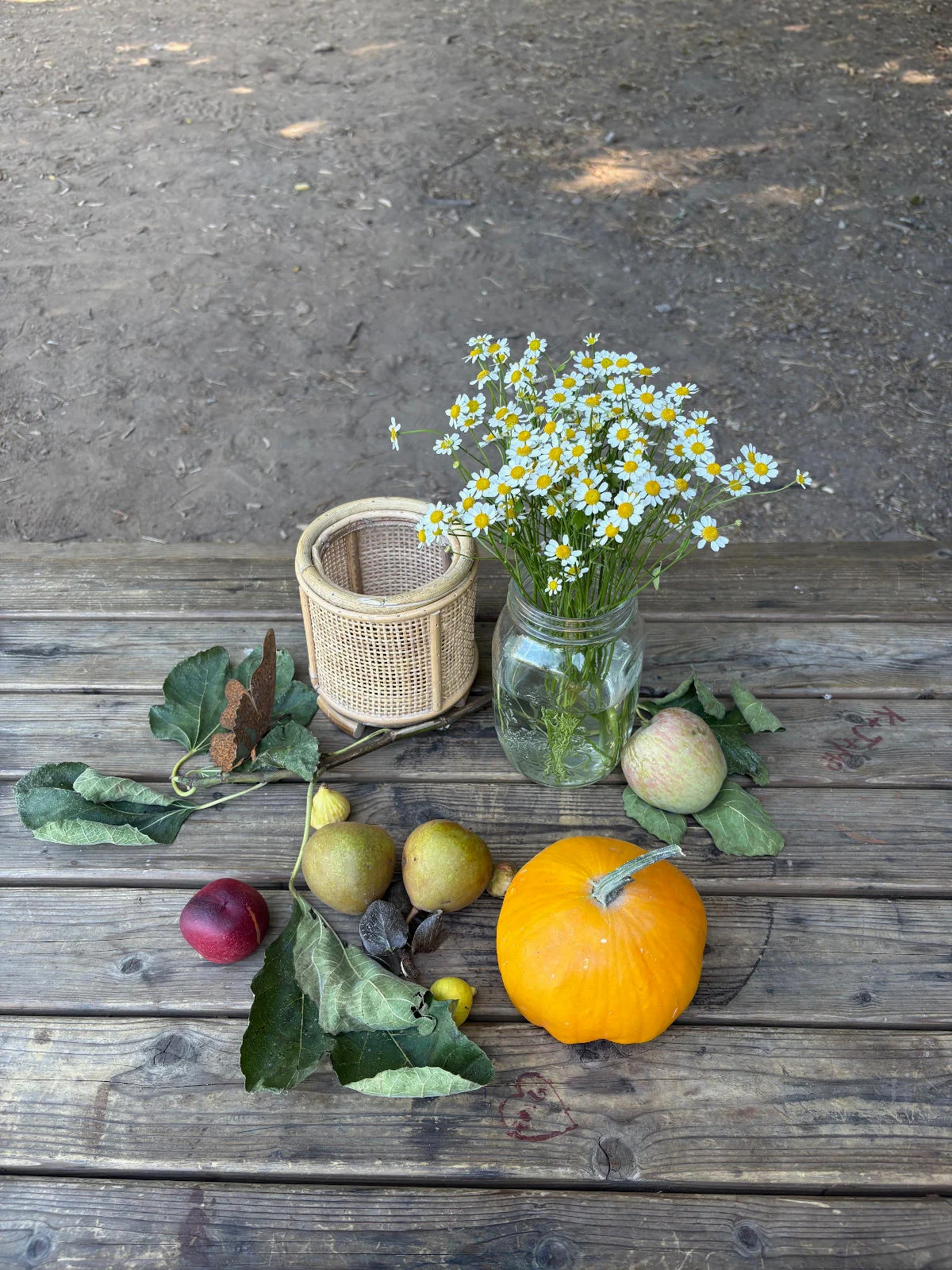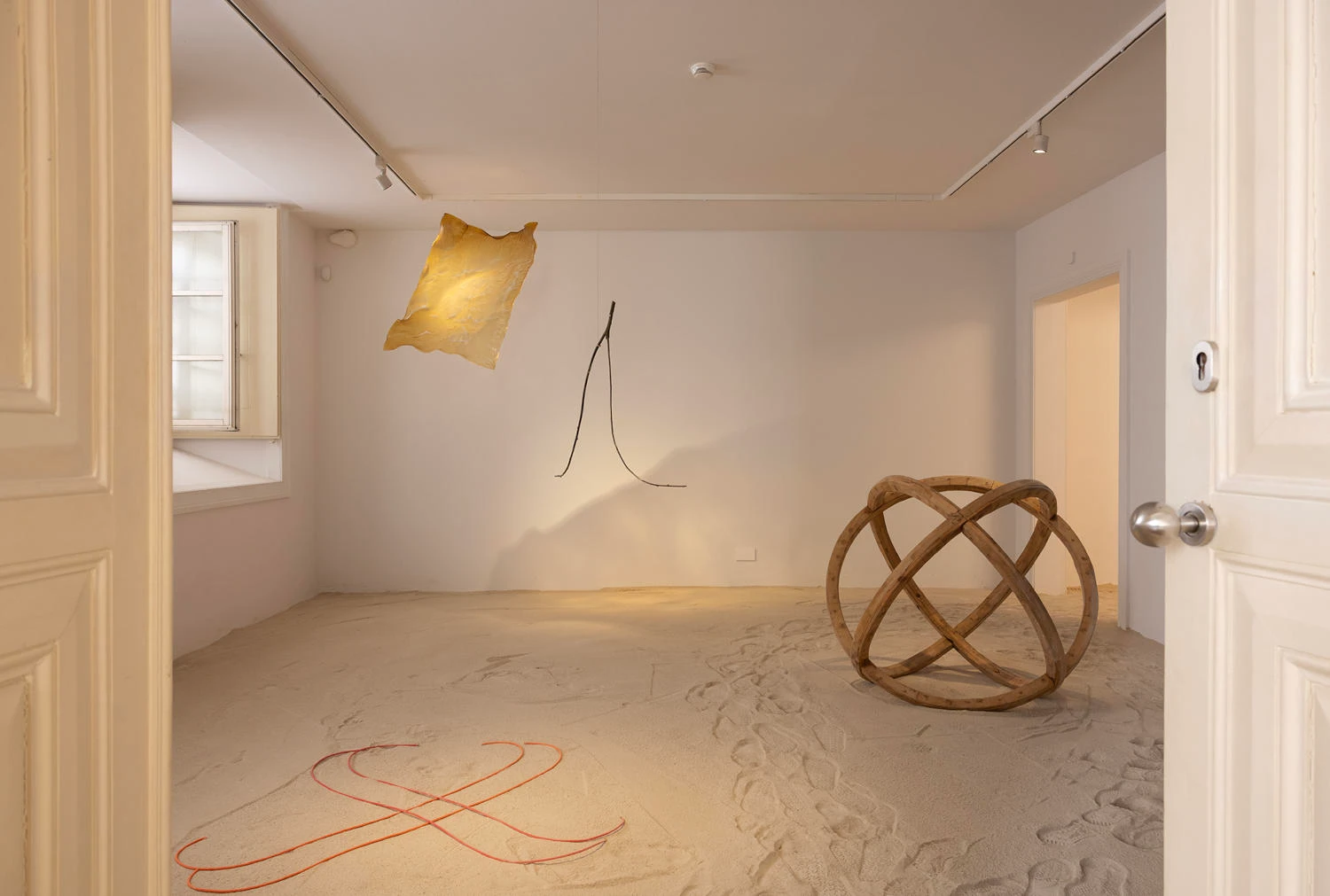article
On the road: Berlin
It's hard to keep track of the deaths of others.
If Christiane Kerner had seen the gigantic Coca-Cola billboard plastered on the facade of the building near her home, she would have collapsed and died. Her fragile heart, after a first wake-up call with her son's arrest, would not have been able to withstand the transformation that the former East Germany was undergoing with the fall of the Berlin Wall.
She spent eight months in a coma. Christiane recovered in a hospital bed, oblivious to what seemed like a hasty and erroneous end to history. Absent, Christiane still thought, in that convalescent sleep separated from life, that the Socialist Unity Party of Germany would bring the tomorrow promised by Marxism-Leninism. Coca-Cola would be her end, and the end of everything she had believed in her entire life.
For Alex Kerner, the solution seemed obvious: create the illusion; maintain the house with all the trappings of the recently dissolved German Democratic Republic (GDR); block the winds of change; crystallise time into a fictitious, dead, timeless moment, so that his mother could continue to live without alarm. Because politics was death, socialist ideology was life, and the otherness of democratic inconsistencies was unthinkable.
Located at the intersection of Leipziger Strasse, Seydelstrasse, and Axel-Springer Strasse, the Spitteleck stands out with its brutalist morphology. Radically utilitarian and functionalist in origin, dispensing with formal nostalgia or cosmetic softening, the Spitteleck is artless: the concrete is exposed, the cladding is kept to a bare minimum, and the structure possesses the same visual interest as the grand architectural plans. Crowning the building above, the wavy Coca-Cola letters, magnified to the scale of the city, triumphantly mocking the world, mocking all those who fight for the end of consumerism, capitalism, and neoliberalism.
We're no longer in Good Bye Lenin! (2003), but the advertising is there, indifferent to everything and everyone. It will have whatever meaning each person chooses to give it. It can mean a lot or absolutely nothing. We accept it like so many other things that appear in cities, without major interventions, without major questions—we accept it, in short, mindlessly, to challenge us only when our vision has been cleared and critical sentiment ignites the glow of an indignant lightning bolt.
And what should we do with our desires? What should we do with this saccharine drink that refreshes us so much? Can you truly resist your desires—your desires, which are ours, those of big business? To what extent are you allowed to resist a planetary vortex, which appears immaculate, orderly, duly labeled and tagged on supermarket shelves, shiny, cold, metallic, intensely youthful, which satisfies all the senses, inexhaustibly—as long as you have the money—because the shelves are always full and the supermarkets are always stocked, to renew again and again, forever and ever, the blessed, cursed desire?
Universal gestures: bending the washer on a Coca-Cola can. Pstshhh, and the gas bubbles inside. Bubbles burst on the lips and perfume the nose with the sweet, vegetal, and charred fragrance that characterises the drink. He Xiangyu immortalised this gesture in Asian Boy (2019-2020). A frail child holds an object with his left hand, pulling at something with the fingers of his right hand. The Coca-Cola can isn't there, but we can guess the gesture.
The child is an exact model of a friend of Xiangyu's son. Reproduced in metal, in the desolate materiality of the bunker that houses the Boros Collection, there is something deeply moving and simultaneously distressing about this child. Loneliness is only alleviated by the joy of that little can, which promises a common experience, shared by so many other children around the world.
But there's more to this gesture than just the poetics. It's impossible to separate this isolated, prepubescent, male child from the one-child policy imposed on couples in the late 1970s by the Chinese state. The expectation of the gesture, of the drink, is the same expectation that opens up for this child's future. And the history of the place, of this unbearable bunker, adds a new historical layer to the work, as if the ghosts of the past animate the horror of the children being raised to the ceiling so they could breathe more oxygen and have a better chance of survival. What future can this child have? What world, after a climate crisis precipitated by a predatory, extractive capitalism, perfected around our will, to satisfy our narcissistic desires that destroy nature, corrupt, and fuel the basest human passions?
This is durational work. From 2019 to 2020, He Xiangyu opened millions and millions of cans of Coca-Cola, hired workers to cook it, and reduced the drink to its essence: charcoal, charred, black residue, highly harmful to the environment and the health of those who consume it. The remains of a gesture are piled in the room near the child, behind him; a smell simultaneously acrid and sweet floods the space, a dark, sticky mound that graces each drink, each desire satisfied: the remains of a consumerism that is no longer solely Western and has become global, as heavy as the metal sculpture of a gesture immortalized in a second, in the form of a Chinese child. Because it is no longer America that drives global capitalism; It is rather a country whose political matrix is a deliberate confusion of communism and capitalism on steroids – a contradiction that is not debated internally and that, apparently, only art can dissect and make sense of.
Facing the Spitteleck, with the Coca-Cola logo watching over the city, Berlin appears peaceful. It is, however, a politicized and combative city, the opposite diameter of any Chinese city: protests against the war in the Gaza Strip and the massacre of thousands of Palestinians—a scandalous taboo in German and European institutions; posters and demonstrations demanding decent, affordable housing; slogans in graffiti and billboards, calling for critical stances, to awaken global society from its comatose state; more demonstrations, this time against the far right, racism, xenophobia, and National Veteran's Day. Whatever remains of Marxist morality is here... timid, defeated, but still visible and audible.
There are communal pockets where discourse and critical thinking about life are evident. Something as insignificant as a vacant space, with no designated program, is occupied by citizens and transformed into a garden. Alternative mobility faces the lobbying of large German multinational automobile companies. Berlin remains a city of informality and autonomy, whose reflection promotes new forms of life, of cohabitation, or coexistence—the city of revolution in perpetual development.
Mais pequenos nada: a conversation about radio as a network that allows for the creation of bonds and fostering an ecology of practices around the African diaspora and empathy. Small brass silhouettes of hares glued to the street pavement, in memory of the only species that prospered peacefully in the no-man's-land that, with the Wall, divided West Berlin from East Berlin. A work by Karla Sachse; Miss Read, a book and art publications fair based on knowledge sharing to reflect on bibliodiversity and survival strategies, in a sector in agony and in crisis for decades.
Politics is present. And even when it is absent, it is shouted down by the silence of historical guilt.
The 13th Berlin Biennale, while interesting, is also alarming—not only for its cataloguing of others' misery, but also for its subversive strategies of evasion or escape, which always smack of pretence or insincerity. The fox figure, which occupies a dubious position in world folklore, is opportunely tamed by curator Zasha Colah. The fox mocks everything, even the biennale itself. It remains to be seen whether this is intentional, on the part of the curators and partner institutions, or whether it escapes self-critical reasoning. Palestine isn't explicitly there, but each installation seems to want to speak from the river to the sea.
There are impressive installations and works. Each floor of the KW – Institute for Contemporary Art is a successful meeting of works and artists. The activism of Anawana Haloba's Looking for Mukamusaka – An Experimental Opera is echoed in the performances of Han Bing and the Kashmiri Cabbage Walker. If the former immerses the viewer in the sound created from Southwest African characters linked to civil rights and colonial injustice, the latter explores the absurd as political struggle and memory: what is a cabbage doing strolling in the shadows of Tiananmen Square? There is a distinctly theatrical or scenographic atmosphere throughout the entire centre: the maximalism of Etcétera, with LIBERATE MARS; Gernot Wieland's miniatures, with Family Constellation with a Fox, ready to be animated by a child; and the total opus Joker's Headquarters. Gesamtkunstwerk as a Practical Joke, by Swangwongse Yawnghwe, with its mixture of irony and sarcasm, in which the military industry is read with the eyes of a donkey.
But something deeply critical still lurks in this work—something that confronts cultural institutions themselves and the political integrity with which they naturally invest themselves. Yawnghwe draws an analogy between military funding and the funding of art institutions, which use profits and a good philanthropic conscience for their programming, thereby accepting complicity with the business of war machines. Institutions that embrace an inherently contradictory capitalism end up becoming contradictory themselves. (Can we quote Mao Tse-tung on the contradiction? Marx is confident and more or less consensual, but Mao Tse-tung less so… and yet they are absolutely right on this point.)
(And can we talk about Fotografiska's business model? The ground zero of cultural institutions, which every politician probably loves: basic, measurable, cheerful, etc, etc, etc. The Toiletpaper exhibition at Fotografiska in Berlin? Too clever for the institution itself, but certainly the best place for it to happen.
(Let's leave it at that.)
At this point, it's possible that the biennial itself knows how to undertake this radical exercise of critique and analysis by examining its foundations, the purposes it serves and uses to purge regret. The art economy is a tangle of neoliberalized interests, deeply embedded in the power structures in which they are based. Yawnghwe's installation is a meta-irony: whenever we look at the objects he presents, we encounter a burden of doubt and unease, continually shattering and undoing sincerity. Probably the same feeling we felt after Simon Wachsmuth's work, From Heaven High, regarding the legal meanderings used to silence Dadaist artists John Heartfield and Rudolf Schlichter in the 1920s... even then, humour was a warlike and dubious thing.
This is a cerebral exhibition. It requires the viewer's attention, reading, and cultural background to deconstruct it. It's not easy.
At its opposite end would be After-Image, which draws from the Julia Stoschek Foundation‘s collection for works that engage all senses, proposing a sensory vision of art and a curious counterpoint to the Berlin Biennale. If the former presented a cognitive restlessness, here there is a sensory unease. There is something profoundly cinematic (or proto-narrative) in many of After-Image’s works. A gothic and ghostly ambiance is conjured by most of the works: a corridor whose intermittent lighting follows a Morse code (Theresa Baumgartner); a sound installation that serves as a prelude to an insidious film (Laurel Halo); mirrors reflecting unseen landscapes around us, emerging from the shadows of the exhibition space (Giovanna Repetto); objects of a ritualistic or votive nature (Chaveli Sifre); the comical and frenetic, yet vaguely frightening, dance of inflatable pieces (Paul Chan); and, finally, an otherworldly encounter, as if a claw had torn reality in the shadows of an old movie theater (the impressive multimedia installation by the duo LABOUR, Farahnaz Hatam and Colin Hacklander, which refers to Zoroastrianism, but also to the compositions of Xenakis).
The Neue Nationalgalerie, however, manages to combine the political and the sensorial in a single exhibition with Lygia Clark's retrospective—certainly one of the most relevant cultural events of the year. Clark invokes everything that is fascinating about contemporary Brazilian art and its contribution to universal art. From the production of Bichos—with its playful, spatial, and architectural aspect, which repeatedly questions the construction of space—to her self-taught adventure into the scientific and subjective realms of psychology, this is a retrospective that dignifies the artist's work, but also the role of public art institutions. A career that initially drew on contemporary European culture, with geometric and abstract painting, was soon radically abandoned, in favour of conceptual and formal experimentalism rarely seen before. The integrity of the original is completely forgotten as the viewer begins to play with the Bichos replicas, constructing and deconstructing spaces with each articulated and rotating metallic plane, fully existing for that always exciting and inexhaustible materialization of space. Sensory Objects coexist with Collective Body performances—the body serves as a political mediator through the senses, an experience that reaches its peak in the therapeutic methods he develops in Structuring the Self. There is a kind of holism in this demand for the relational nature of art, in which objects and spectators share the same spectral network of living energies. In this way, Clark, like Hélio Oiticica, brought art to life and life to art.
Largely documented, the exhibition is an informed retrospective of the non-hegemonic importance of 20th-century art yet to be discovered and historiographed. Clark is the daughter of this vibrant creolization that is Brazil, whose cultures and worldviews have contributed greatly to the critical perspective of modernity, serving as an intelligent mediator between two times and two spaces, two distinct realities of thinking about life, history, and humanity: there, where indigenous peoples speak to animals; here, where Cartesianism reproduces vertiginously, toward anthropophagy.
*
The linden trees are in bloom. As dusk falls, the humidity carries the sweet scent of the trees. It's surprising at first, irritating later; we eventually adapt.
The Hamburger Bahnhof also has a peculiar smell—green, dense, vaguely earthy, as if you're in a greenhouse with flowers and plants turned inside out, hanging on wires to dry. Before entering the main nave, eyelashes and nostrils betray an installation that goes beyond visuals.
Klára Hosnedlová's Embrace is almost too spectacular. Some editing would have been welcome. But the exhibition as a whole strangely works. Between the delicacy of the embroidered painting—commonly associated with her practice—the monumental scale of the pseudo-Jurassic sculptures, and the industrial tangle of linen fibres, there's a strangeness of time, which seems to stretch indefinitely. The materiality is at once dense and light, harnessing the artisanal and textile industries—what remains in a Europe without industry—to create a multisensory work. The fragrance is that of the countryside and the rural landscape, but the roughness of the concrete conjures up cold urban images, with puddles of oil, toxic liquids, and the miasma of modern life.
Not far away, another strong aroma of damp earth, pine, natural resin, tobacco, and cloves filled the wing where we found part of Joseph Beuys's collection. Delcy Morelos's vibrant work established a coherent and stimulating encounter with Beuys's ecological and political thought. The sensorial richness of Madre serves as a counterpoint to Beuys's metallic nudity—the Apollonian clarity of conceptualism dances with the Dionysian sensorialism of ancestral South American traditions. It’s an example of good neighbourliness, in which each work feeds off the other, expanding the concepts and perceptions they inhabit.
At the opposite end of the old train station, a radically different proposal immersed the viewer in a fictional reality, one of those that leap from the virtual reality of video games to a space that progressively dematerialises into reflections, mobiles, and images. Indeed, many of the exhibitions seem to enthral the somewhat Germanic practice of gesamtkunstwerke—a radical and total experience of the artwork as a machine of the senses and for the senses, transporting the viewer to a limitless aesthetic experience. Ayoung Kim's Many Worlds Over is another such example, building a narrative that invokes the visitor's entire perceptive and sensory system to enter a simulation or speculative realism. The artist lends her identity to fiction: she is simultaneously a playable character and a non-playable character—she stands on the threshold of imprecision, the same idea present in the hybrid topology, completely reconfigured, of the museum space, which, in turn, expands the non-linear temporality of the story. The digitalisation of images is consistent with the digitalisation of life – a technological infrastructure that animates and transforms everyday life into a growing doubt as to its authenticity, which becomes eternal and metamorphoses creatively, without any judgment or moral judgment, simply full of joy.
How do we create reality? What cultural layers overlap with the images reproduced by the optic nerve, which migrate from television to the street, from the street to the cell phone, from the archive to the present? Julian Rosefeldt's Nothing is Original is an exhibition that explores the intricacies of reality and image. Everything is an image in his work. But the image has a structure built for its artifice. Can an image kill, as Marie-José Mondzain once asked? Rosefeldt doesn't answer this question, but his investigation similarly interrogates the ontology, hermeneutics, and politics of the image. It is, however, an investigation informed by humour—the excerpt from Manifesto in which Cate Blanchett interprets Jim Jarmusch's Golden Rules of Filmmaking is laconic and summarises the artist's compositional and multi-channel interplay: "Nothing is original. Steal from anywhere that resonates with inspiration or fuels your imagination." And he concludes with Jean-Luc Godard, so that all children may learn: "It's not where you take things from—it's where you take them." The pantomime of American westerns, the choreography and tension of action films, and Caspar David Friedrich's mountain clouds are all staged to establish a larval dialogue about the ideology of images and how these images nourish and develop ideologies. Nothing is Original, at C/O Berlin, is not an exhaustive retrospective of Rosefeldt's work, but it is an indispensable look at his trajectory and the research inherent in his practice, especially in architecture.
*
There are no cars. In the land of motors and private transportation, there are no cars. Everything flows smoothly despite a stagnant economy, which will soon embrace the military industry to return to growth.
Information enters diagonally, accelerates, and spills out in the form of poorly crafted fiction. Life isn't serious, and neither is politics.
In Kreuzberg, there's no Coca-Cola, only Fritz-Cola. It's neither better nor worse: it's a drink that's pleasant to drink in the unusual Berlin heat.
There are parks, and they're full. There are bridges, and they're crowded—people sitting on the railings, leaning against them, watching the Spree, sitting on the deck, on the sides of the tracks, watching the sunset at ten o'clock at night.
A note floating in the air, in the form of F-C, C major or minor: a study for vibrato piano outside the Berliner Philharmoniker. Is Phillip Glass dead?
Not.
Anymore.
I don’t know.
It's hard to keep track of the deaths of others.
BIOGRAPHY
José Pardal Pina has been the associate editor of Umbigo since 2018. He has an Integrated Master's in Architecture from Instituto Superior Técnico, Universidade de Lisboa, and a Post-Graduation in Curatorship from Faculdade de Ciências Sociais e Humanas, Universidade Nova de Lisboa. Curator of the Dialogues (2018-2024) and Landscapes (2025-) projects in Umbigo.
ADVERTISING
Previous
article
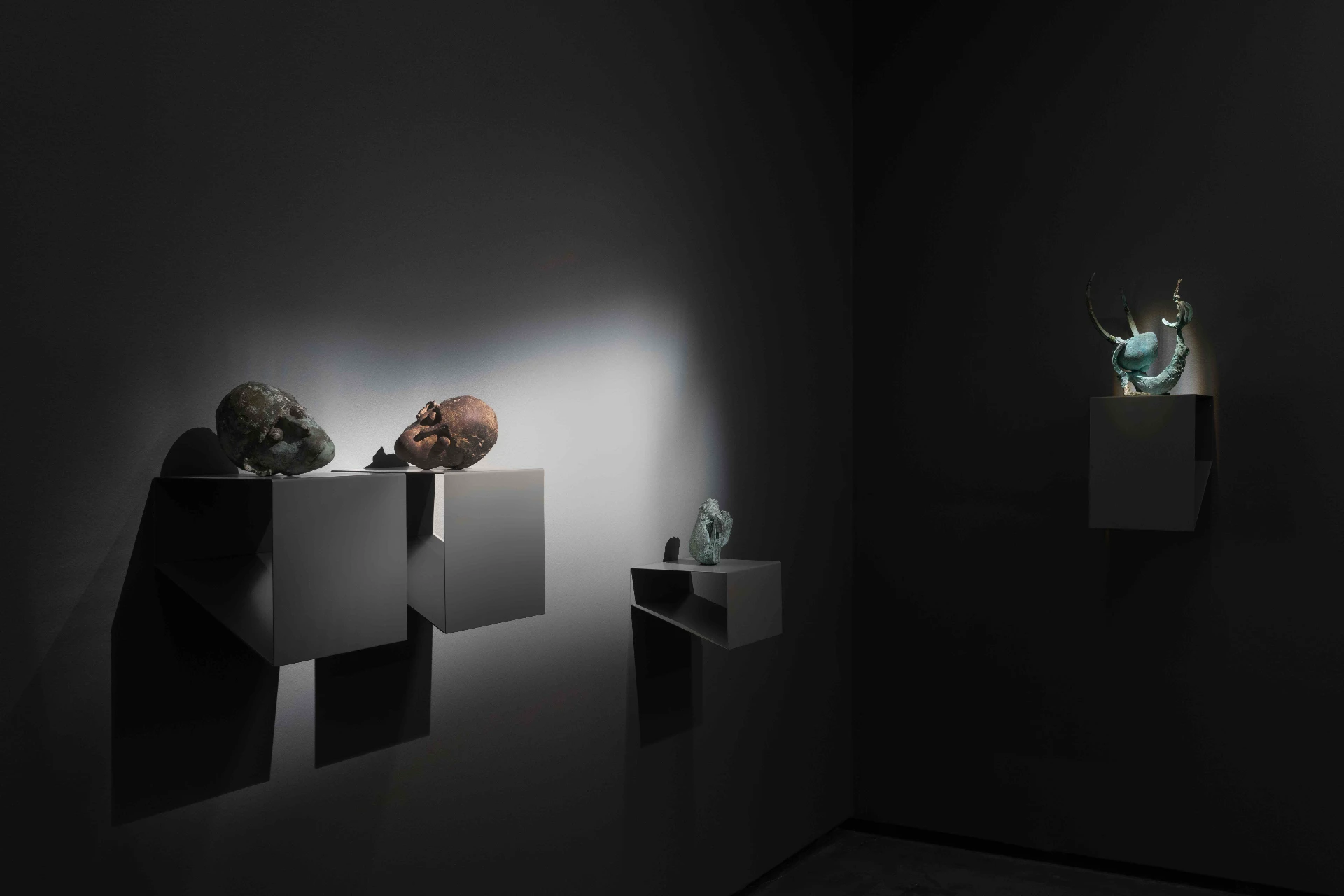
28 Jul 2025
By Maria Brás Ferreira
Next
article
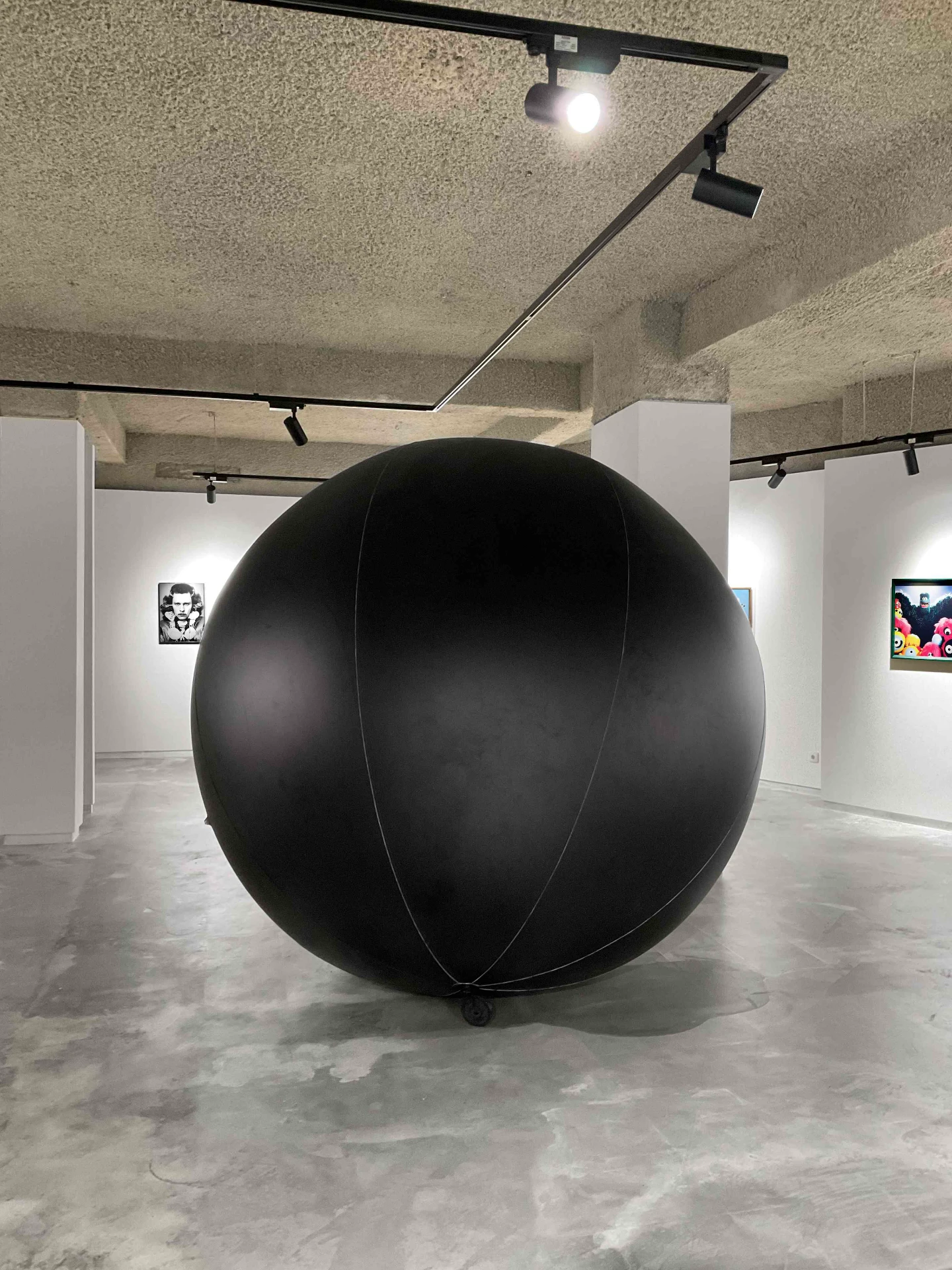
28 Jul 2025
Family Portrait, by Dave and Tony
By Laurinda Branquinho
Related Posts
